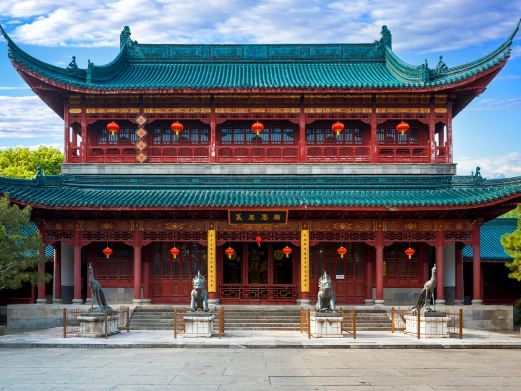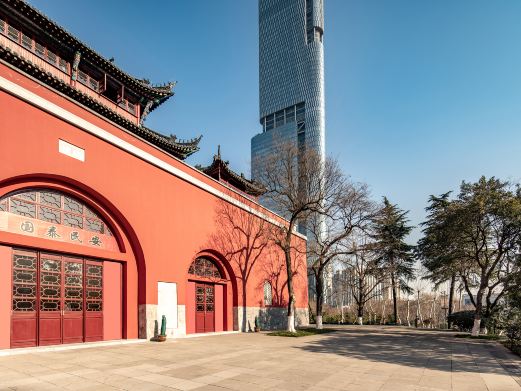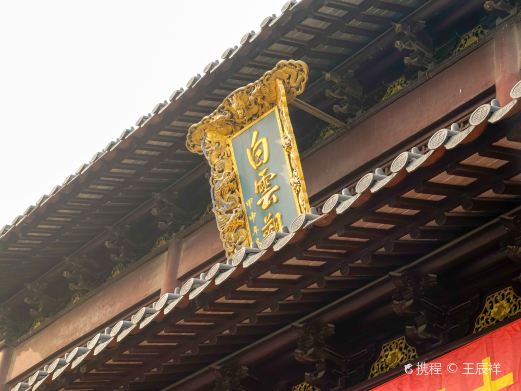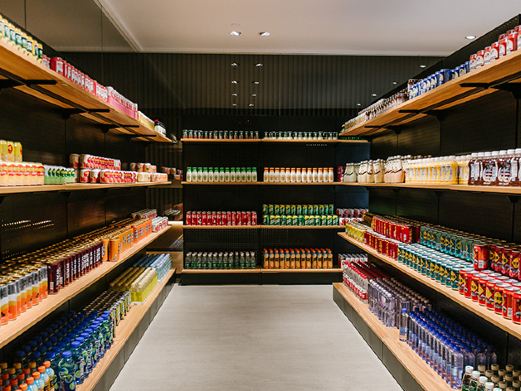The Suzhou Stele Museum is a specialized museum in China, located opposite to the Canglang Pavilion. It has become a vast world of steles, housing over 1000 various types of steles. The 223 economic steles displayed in the corridor are primary materials for studying the sprouts of capitalism in Suzhou during the Ming and Qing dynasties.
The main hall, Dacheng Hall, spans seven bays in width and six in depth, featuring double eaves and a four-sided roof, with a moon platform in front and surrounded by stone railings. Its structure is rigorous and grand, making it a precious Ming dynasty hall in the Jiangnan region. Inside the hall, there are exhibitions of Suzhou stele rubbings, categorized into four types: characters, history, historical sites, and calligraphy, reflecting the long history and splendid culture of Suzhou. The basic exhibitions of the museum include: ‘Confucius Cultural Stone Carving Materials Exhibition’, ‘Historical Calligraphy Art from Five Dynasties Exhibition’, ‘Qing Dynasty Suzhou Industrial and Commercial Economy Stele Exhibition’, ‘Ancient Suzhou Agricultural Economy Stele Exhibition’, ‘Astronomical Chart, Geographical Chart, Emperor’s Succession Chart, Pingjiang Chart Stele Exhibition’, ‘Confucian Stele Exhibition’, ‘Image Stele Exhibition’, among which the ‘Astronomical Chart, Geographical Chart, Emperor’s Succession Chart, Pingjiang Chart Stele Exhibition’ from the Song Dynasty and the ‘Qing Dynasty Suzhou Industrial and Commercial Economy Stele Exhibition’ are representative. Dacheng Hall also features the ‘Suzhou Historical Stele Rubbing Exhibition’, displaying hundreds of rubbings divided into four major categories: historical figures, famous scenic spots, Wu Zhong documents, and calligraphy art, many of which are rare editions. Among them, the ‘Han Shi Zhong Mu Shen Dao Stele’ has an inscription of over 13,900 characters, making it rare in China for its grandeur and the number of characters. The image steles include portraits of Confucius and his seventy-two disciples, Bai Juyi, Su Dongpo, Hai Rui, Wen Zhengming, Gu Yanwu, Zhang Taiyan, and others, which are very precious. Famous scenic spots such as ‘Canglang Pavilion Chart’, ‘Rui Guang Pagoda Chart’, and calligraphy treasures such as Jin Lu Ji’s ‘Ping Fu Tie’, the handwriting of the Three Sus, Zhu Yunming’s cursive script, and Wen Zhengming’s running script are all included. There is a modern calligraphy celebrity stele corridor, and the south wall has a corridor of tombstone inscriptions unearthed from Suzhou through the ages. Opening hours are all year round from Tuesday to Sunday 09:00-16:30; closed all day on Mondays; during New Year’s Day, Spring Festival, Qingming Festival, Labor Day, Dragon Boat Festival, Mid-Autumn Festival, and National Day, the museum is open from 09:00-20:00, closed on Mondays (except for national holidays).Suzhou Stele Museum
The Suzhou Stele Museum is a specialized museum in China, located opposite to the Canglang Pavilion.[...]









